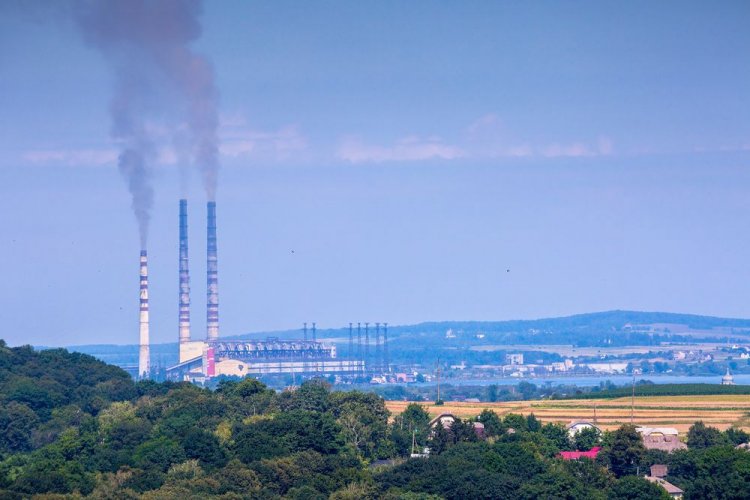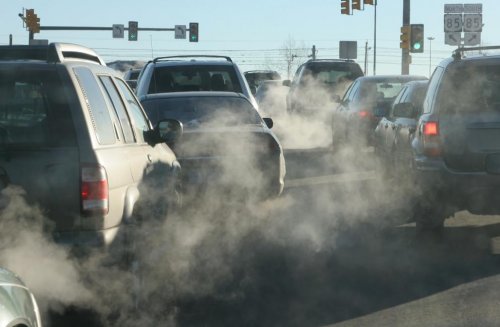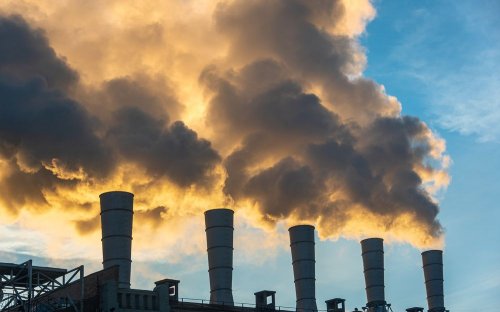The EU Environment Agency (EEA) has estimated that industrial pollution causes annual losses equivalent to 2% of gross domestic product (GDP).
Compared to 2012, in 2021, these costs decreased by about 33%, in particular due to the use of better technologies, less polluting fuels and the introduction of renewable energy sources, Euractiv reports.
It is noted that the largest costs of combating industrial pollution relate to air purification – from €268 to €428 billion per year.
"The EU energy sector accounts for the vast majority – about 80% – of the overall reduction, mainly due to the implementation of best available technologies and management practices (BAT) and the transition to renewable energy sources and less polluting fuels, mainly due to EU actions," the EEA analysis says.
The Agency emphasized that 1% of the biggest polluters, i.e. 107 companies, create about half of the pollution. A significant part of these enterprises are coal-fired power plants. Nine of the 50 most polluting installations are in Germany, and six in Poland.
The EEA suggested that strengthened EU regulations, such as the recently updated Industrial Emissions Directive and the ongoing revision of the EU Air Quality Directive, would bring pollution limits closer to the World Health Organization's recommendations.
Earlier, EcoPolitic wrote, that analysts of the Center for Economic Policy Research (CEPR) compiled a rating of the largest industrial polluters in Europe, which shows their dangerous impact on human health, the environment, and the climate.
As previously reported by EcoPolitics, the EU will allocate an additional €2.17 billion from the revenues from the system of trading quotas for greenhouse gas emissions (EU ETS) for modernization of the energy systems of 9 member states.





